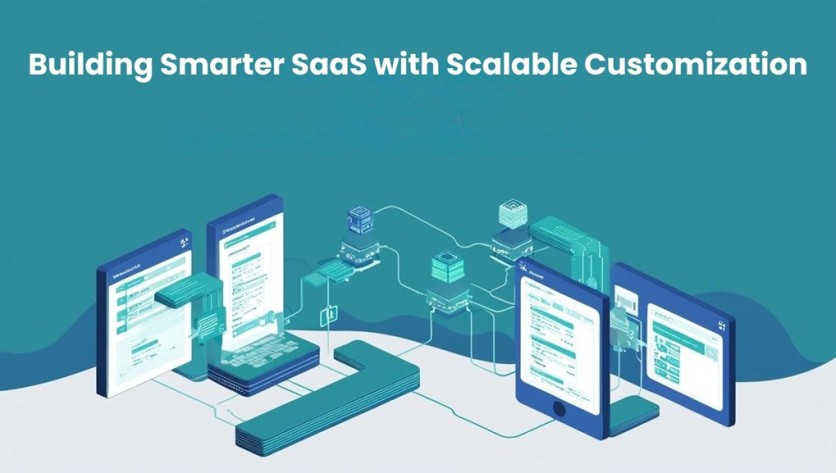
As organizations increasingly demand software that adapts to their specific workflows, the Software-as-a-Service (SaaS) model is undergoing a significant shift—from a one-size-fits-all approach to a mass-customized experience. In a recent research article published in the International Journal of Computer Engineering and Technology, Vinay Puri of Florida International University presents a deep dive into the architectural and strategic elements necessary to support this evolution.
We sat down with Vinay to explore the future of SaaS customization, the architectural underpinnings of scalable personalization, and the trade-offs developers must navigate.
Q: Why is mass customization in SaaS becoming such a critical focus today?
Vinay Puri: Traditional SaaS models, while cost-effective and scalable, often fail to meet the nuanced requirements of diverse organizations. With the SaaS market projected to exceed $700 billion by 2028, businesses are demanding solutions that reflect their unique operational needs. Mass customization allows SaaS providers to strike a balance between personalization and the scalability of a standard platform.
Q: What are the core architectural components needed to enable such customization?
Puri: There are four pillars:
- Modular Design – Using microservices and plug-in systems enables independent development and easy customization of services.
- Scalable Infrastructure – Cloud-native design, auto-scaling, and distributed caching ensure performance under varying loads.
- Integration Capabilities – API-first design and iPaaS solutions make it easier for SaaS tools to connect with existing enterprise systems.
- Security Measures – Role-based access control, encryption, and regular audits are vital to protecting customer-specific configurations.
Q: How do implementation strategies support this architecture?
Puri: Implementation is just as important as architecture. We focus on:
- Configuration Management with hierarchical settings and version control.
- Extensibility Frameworks that offer code injection points and serverless function support.
- Dynamic UI Composition to let users rearrange and theme interfaces.
- Flexible Data Models using custom fields and schemaless databases for evolving data needs.
Each of these strategies enables tailored experiences without sacrificing system integrity or upgradability.
Q: What challenges do SaaS providers face in customizing at scale?
Puri: There are three main challenges:
- Performance Optimization – Customizations can bloat applications, so caching and query optimization become crucial.
- Maintainability – Upgrading a heavily customized system is tricky. Automated testing and migration tools help.
- User Experience – Maintaining design coherence across customizations requires robust style guides, analytics, and A/B testing capabilities.
We must design systems that are flexible yet structured enough to remain sustainable over time.
Q: How should companies approach upgrades and future-proofing in a customizable SaaS environment?
Puri: Documentation is key. Every customization should be well-documented, and upgrades should include tools to identify potential breakpoints. We also recommend modular testing frameworks that account for customer-specific features, ensuring that upgrades don't break existing customizations.
Q: What role will customization play in the future of SaaS?
Puri: Customization will be a competitive differentiator. SaaS vendors who can offer a personalized experience without incurring the traditional overhead of bespoke development will dominate the market. This requires continuous investment in architecture, integration, and customer-centric design principles.
Conclusion: Building SaaS That Adapts to the Customer
Vinay Puri's insights highlight a critical evolution in the SaaS landscape—toward platforms that not only scale efficiently but also adapt dynamically to the unique needs of organizations. The shift to mass customization demands thoughtful architecture, robust integration, and a relentless focus on user experience. As businesses become more specialized, SaaS must rise to meet them where they are—not where a generic template assumes they should be.
ⓒ 2025 TECHTIMES.com All rights reserved. Do not reproduce without permission.




